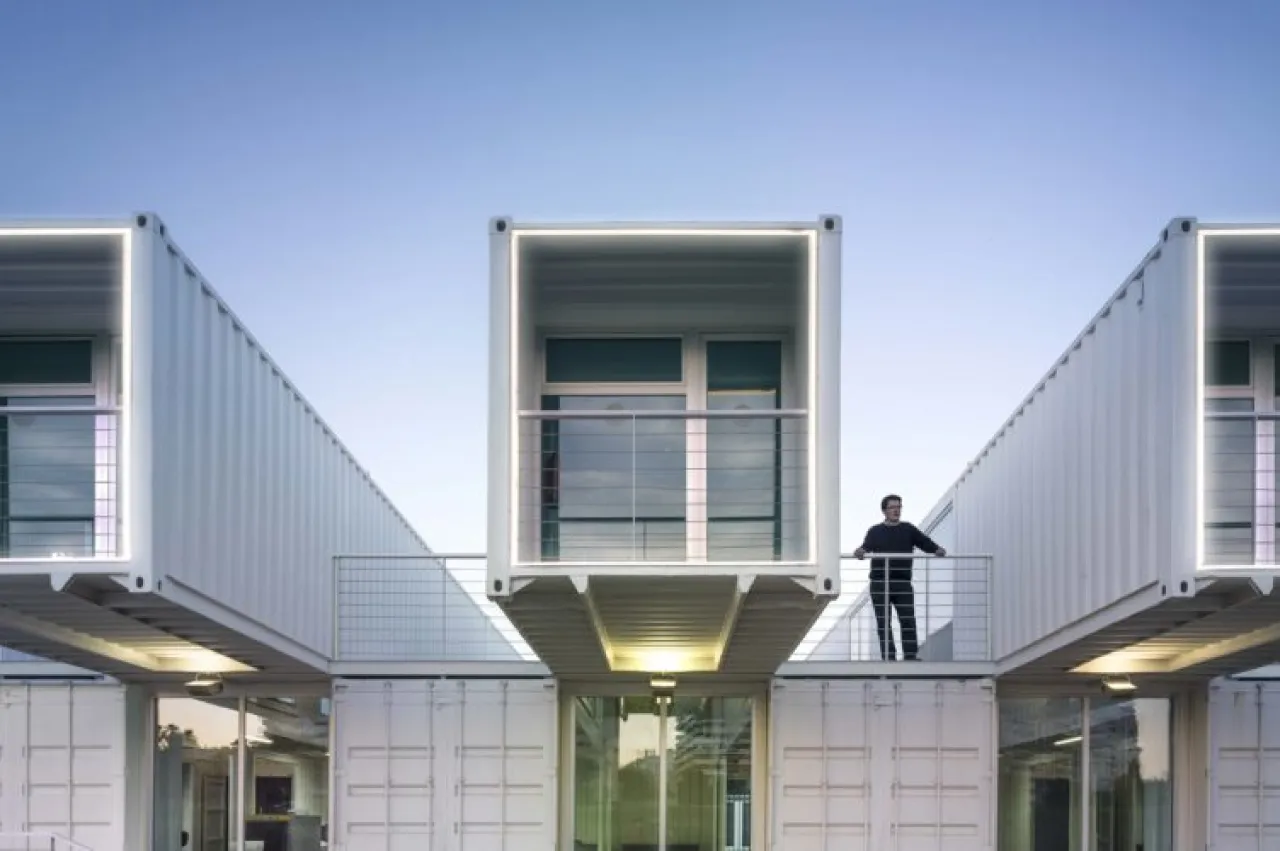
As every professional in the building industry knows, construction can be a costly and endlessly time-consuming endeavor. Delays are almost more frequent than on-time construction, and can be induced by extensive bureaucratic requirements, weather and other unexpected circumstances, inadequate planning, too few personnel, or a whole host of other causes. Lengthy construction projects can also negatively impact public perception of a project even before it has been built, especially if the projects experience delays or inconvenience those who live or work close to the building site. Moreover, some projects simply need to be built along a faster timeline than is typically feasible for a traditional construction project. Thankfully, there exists a solution for those seeking to drastically reduce construction times: modular construction.
What does ‘modular construction’ mean exactly?
Per the Modular Building Institute, the industry’s largest trade association and foremost resource, “modular construction is a process in which a building is constructed off-site, under controlled plant conditions, using the same materials and designing to the same codes and standards as conventionally built facilities – but in about half the time.” Modular construction is also a bit of an umbrella term that includes a couple of different types of construction:
- Volumetric modular construction is a process in which entire rooms or sections of rooms—complete with walls, floors, and ceilings—are built in a factory setting and then transported to a final site for assembly. This type of construction is used for both permanent and relocatable modular projects (buildings that aren’t designed to be moved versus those that are; think a hotel versus a temporary classroom).
- Panelized construction is a process in which interior and/or exterior wall panels are built in a factory setting and then transported to and arranged on the building site. The rest of the building is constructed on-site.
What are the benefits of modular construction compared to traditional construction methods? Is it really cost-saving?
Modular construction certainly can save costs, but that isn’t its primary benefit. The primary benefit of modular construction is time saving and faster return on investment. Since modular construction allows for industrialized assembly that happens concurrently with site preparation, the total time it takes to build a structure can be dramatically reduced. Often by the time the site is ready (foundation levelled, plumbing in place, concrete poured, etc.) the factory-built modules are ready to be placed. A modularly-built hotel, for example, can open its doors and start generating revenue 30%-50% sooner than a traditionally-built hotel.
Other benefits include greater worker safety (workers are all working in a safe, controlled environment as opposed to working at precarious heights and/or in less controlled environments), improved productivity, increased schedule certainty (late change orders and weather delays are greatly minimized with modular construction), and improved cost predictability.
Is modular construction sustainable?
Modular construction is considered a more sustainable option than traditional construction methods for a few reasons:
- Greater flexibility and reuse. Modular buildings can be disassembled and the modules relocated or refurbished for new use, reducing the demand for raw materials and minimizing the amount of energy expended to meet the new need.
- Less material waste. When building in a factory, waste is eliminated by recycling materials, controlling inventory, and protecting building materials.
- Improved air quality. Because the modular structure is substantially completed in a factory-controlled setting using dry materials, the potential for high levels of moisture being trapped in the new construction is eliminated.
Can it be used for any type of building? In which cases is it convenient to choose modular construction rather than traditional methods?
Any type of building can be built modularly. But to do so, the building has to be conceived of and designed as such. Modular construction is often chosen when time is of the essence or space is at a premium. For example, in Europe, urban lots are very often constrained by roads and other buildings, so building traditionally (bringing materials and workers onsite for an extended period of time) can be prohibitive. With modular construction, you need a crane and far less personnel to erect the building in less time. And, in tight urban locations, the reduction of noise pollution is an added benefit.
What are the specific technical requirements to adopt it? For example, are there security requirements or design constraints?
Whereas traditional construction can be a more fluid process wherein design changes are introduced even after construction has begun (often causing delays), modular construction requires design professionals to collaborate and complete their work upfront. It’s during this process that modular construction—permanent modular construction, most notably—usually relies on advanced BIM to assess energy performance and identify the most cost-effective efficiency measures. The designs are then turned over to the manufacturer for industrialized prefabrication and construction.
As far as design constraints, modular buildings are built to the same building codes and specifications as traditional buildings and are virtually indistinguishable from their “stick-built” counterparts. From single-family homes to multi-story office buildings, modular construction can be used anywhere.